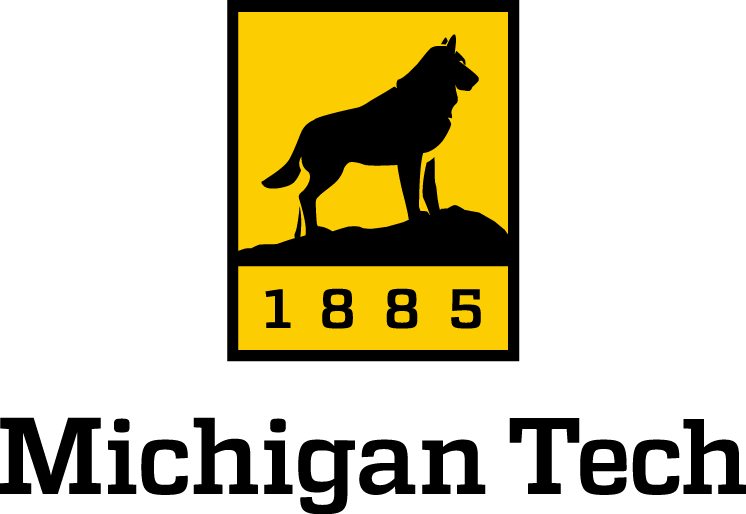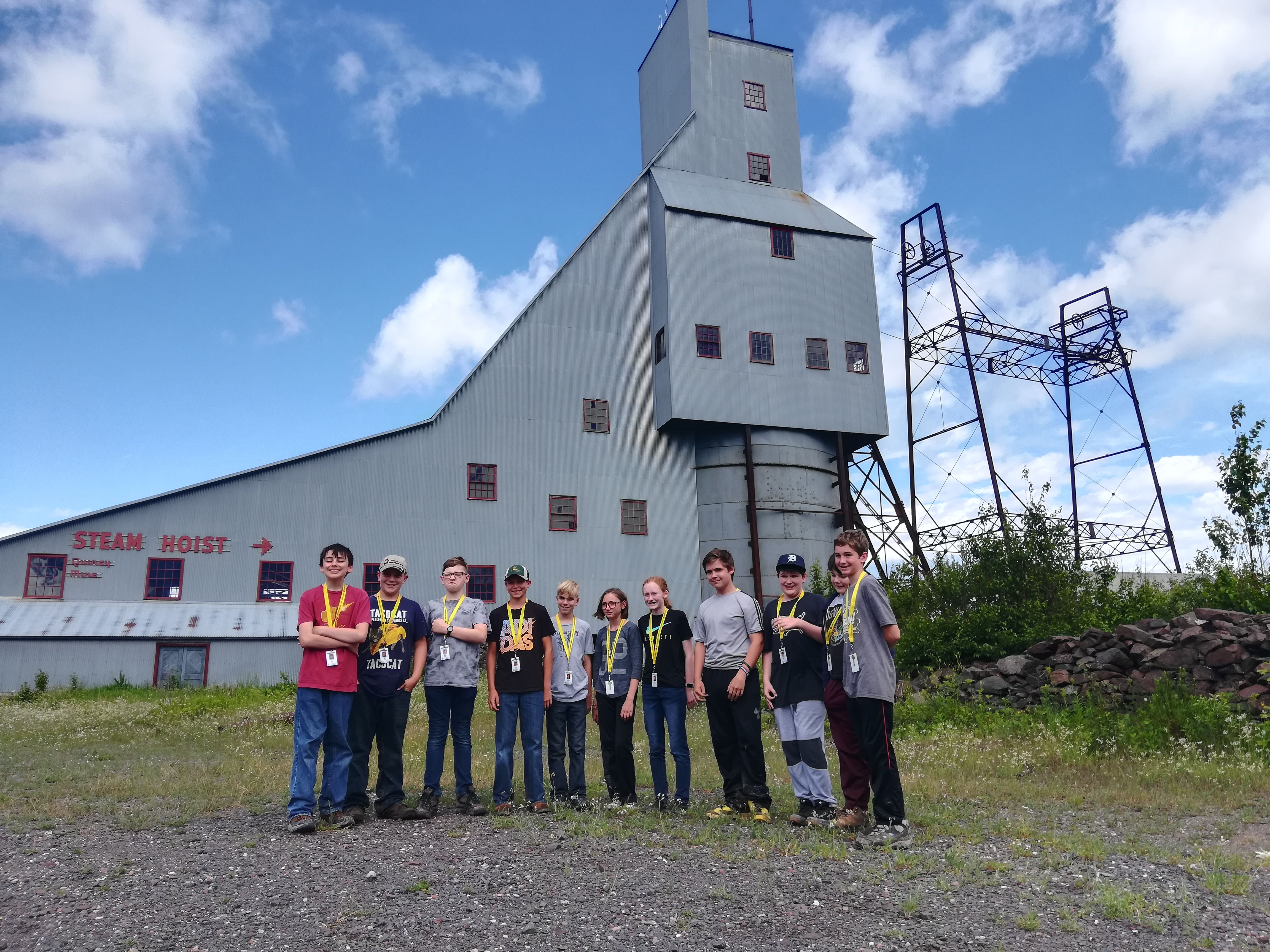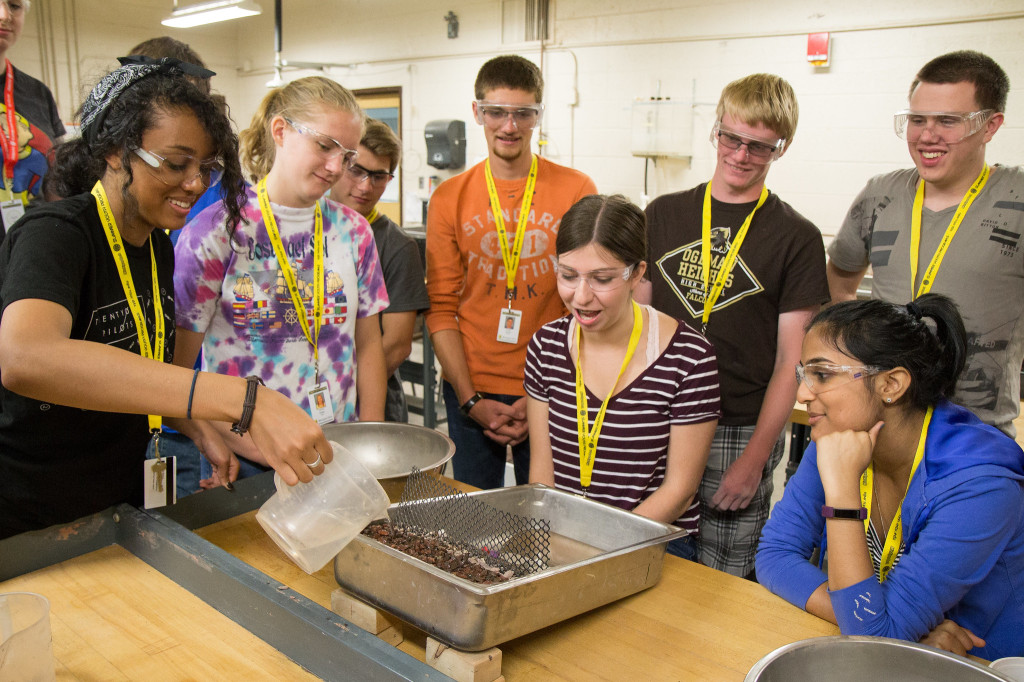Summer Youth Programs (2015-2019)


Summer Youth Programs at Michigan Technological University are like a “Science Summer Camp” where students live on campus and explore different engineering and STEM disciplines.
Geo-Mapping the Keweenaw (Grades 6-8)
In this exploration program, students spent a week on campus uncovering the rich geologic history of Michigan’s Keweenaw Peninsula through a mix of classroom learning, lab work, and field adventures. They began by learning about the major geologic events that shaped the region: from the 1.1 billion-year-old Midcontinent Rift to the more recent glaciations that carved the landscape we see today. In the lab, students practiced rock and mineral identification. The second half of the course featured field trips across the Keweenaw. Students visited the Seaman Mineral Museum, toured the underground workings of the Quincy Mine, and explored outcrops to map rock formations and identify features such as glacial striations. Back in the lab, they synthesized their observations by creating detailed geologic maps and interpreting the processes behind what they had seen.
This hands-on program introduced students to the fundamentals of geology while also offering a glimpse into college life, with participants living in campus dorms and engaging in active, inquiry-based learning. Over the course of my involvement, I had the opportunity to work with more than 150 students, guiding them through fieldwork, lab activities, and geologic interpretation. According to the most recent course surveys, over 91% of participants reported increased confidence in their ability to succeed in a college environment after completing the program 
Women in Engineering (WIE) and Engineering Scholars Programs (Grades 9-11)
The Women in Engineering and Engineering Scholars Programs provide students with the opportunity to explore nine engineering disciplines through dynamic, hands-on projects and investigations. Participants also gain valuable insights into the college application process and strategies for succeeding in university-level engineering programs.
As part of this program, I led a geological engineering activity in which students designed and tested box models of a town built on a hillside to simulate landslides. After observing the effects of slope failure, they rebuilt their models using creative “engineering solutions” such as coffee filters (representing geotextiles), straws (floodwater drainage pipes), and toothpicks (vegetation) to explore real-world strategies for natural hazard mitigation.
During my time working with these programs, I worked with more than 400 students. 
